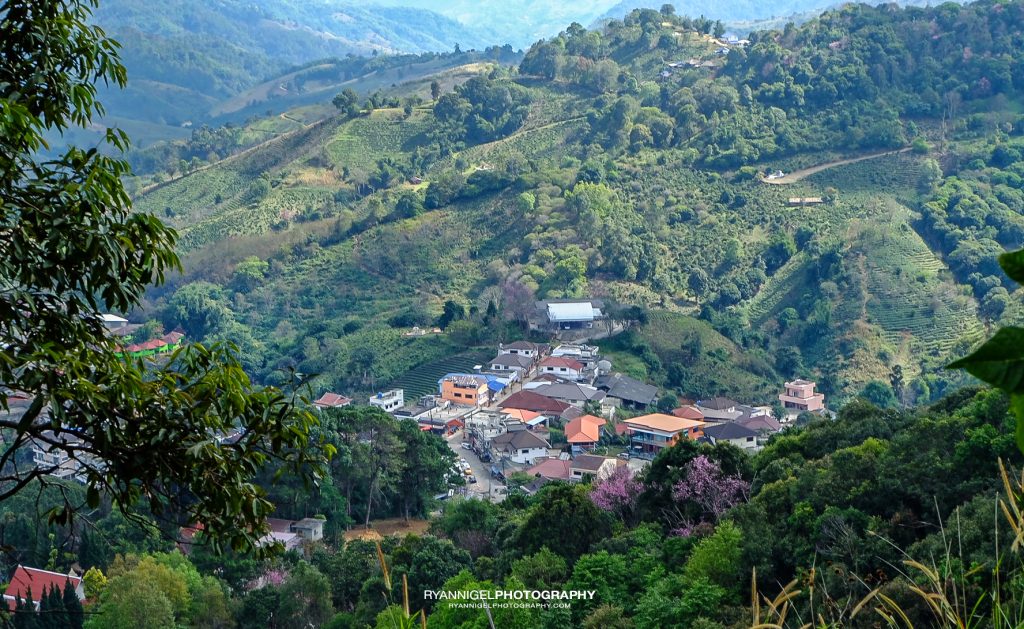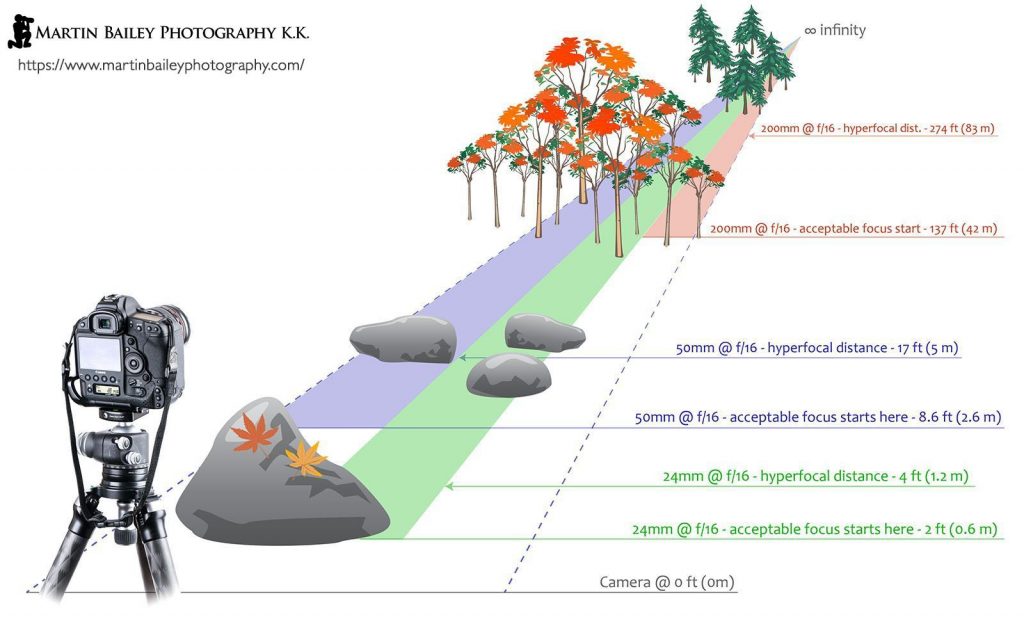What is the F number ? How does it work ? These are the main questions concerning the F number. In my 3 part tutorial i already mentioned that I’m gonna do a seperate post about this. I’m gonna try to explain it vey simple 🙂 (I don’t think I manage). So here we go.

The F number stands for the lens opening. The bigger the lens opening (‘The Eye’ or ‘Pupil’) the smaller the F number. See image above. So how does that translate to an image ? The wider the opening (low F Number) the less is in focus, the smaller the opening (higher F number) the more is in focus.
Aperture is one of the three pillars of photography. Together with ISO and Shutterspeed it forms the holly trinity of Exposure. You can read more about this in my post: ‘For the Beginner Photographer: How to start with Photography – The Basics – Part 1‘.
Aperture and Depth-of-Field
You might have heard or read about depth-of-field. Depth-of-Field is the area of the image that appears sharp. If you set the F number (Aperture) to a high number, you get more of the image sharp. If you take a very low F number you get only the area of focus sharp.


As you see in the example, the first shot was taken with a very low F number. Only the object that is focussed on is sharp. The second shot is shot with a very high F number and a greater area in the photo is sharp. When you take a higher F number, you also see that the shutter speed changes. I this example: I went from F4.7 to F14 with the same ISO. The shutter speed changed from 1/7 of a second to 15 seconds !
This is basically how you work with F numbers. But… You can do more with it. Suppose you are in a very low light situation and you cannot use flash. You can choose a very low F number so your lens transmits more light. Second to that: you focus more to the background of the scene that you want to capture. In this case it is more useful to select the focus point yourself, instead having the camera doing it for you. Depending on the depth that you want to have, you can focus somewhere halfway, at two thirds or all the way to the end of the scene.
For example you can shoot a landscape photo with mountains in the back at F4, when your focus is on the mountains in the back. This is useful when you use longer focal lengths. Most of the image will be sharp. When you use a standard zoom or wide zoom you really have to choose your f number and focus point wisely.

The photo above I shot with a Canon 5D Mk3 and a 24-70mm F2.8 L series standard zoom. The shoot appears to be in full focus. I focussed on the boat and because I had my F number at 5.6 and not lower (i could go to 2.8) I still got a nice depth of field and most of the image is sharp. But you can see that the rock on the foreground is not sharp. Had i choosen a higher F number, the rock would be in focus too.

In the shot above I wanted to have much of the focus plane in focus. My focus point was somewhere on the grey building behind the village. I choose a high F number to get as much in focus. I was shooting hand held, so 1/70 at F11 was the best I could do. As you look closer to the photo you see that the hills in the back are not as sharp as the village. If I wanted those hills sharper I should have choosen something like F16 or F18. But that would require a tripod and I didn’t had one with me. (I didn’t want to up the ISO because of noise. Sure I could have upped the ISO to 800 or 1000 and get an F16 but then i also would have more noise and loss of detail).
Hyperfocal Distance
It sounds like we are going into Hyperspace with Star Trek, but unfortunately we are not. What is Hyperfocal Distance ? It is the focusing distance that gives your photos the greatest depth of field.

The website Photography Life has got a great article about it. It is so good that i just post the link here (click) and you need to read it. Any landscape photographer should know about this and take it at heart. Note: when you change the focal length (for example you zoom in from 24 to 70mm or you switch lenses from 70 to 200mm) note that you hyperfocal distance also changes. When you take a longer focal length your hyperfocal distance becomes more far from the camera. Reverse it goes the same. When going from 200mm to 24mm, your hyperfocal distance becomes more in front of the camera.

